By John Wesley Karson

Introduction:

Located in Austin, Texas, The Armadillo World Headquarters holds a special place in the history of American music and counterculture. From its humble beginnings in 1970 to its closure in 1980, the Armadillo served as a cultural oasis that nurtured the growth of various music genres, provided a haven for the counterculture movement, and left a lasting impact on the Austin music scene. This article aims to explore the rich history of The Armadillo World Headquarters, its role in shaping the cultural landscape of Austin, and its enduring legacy.
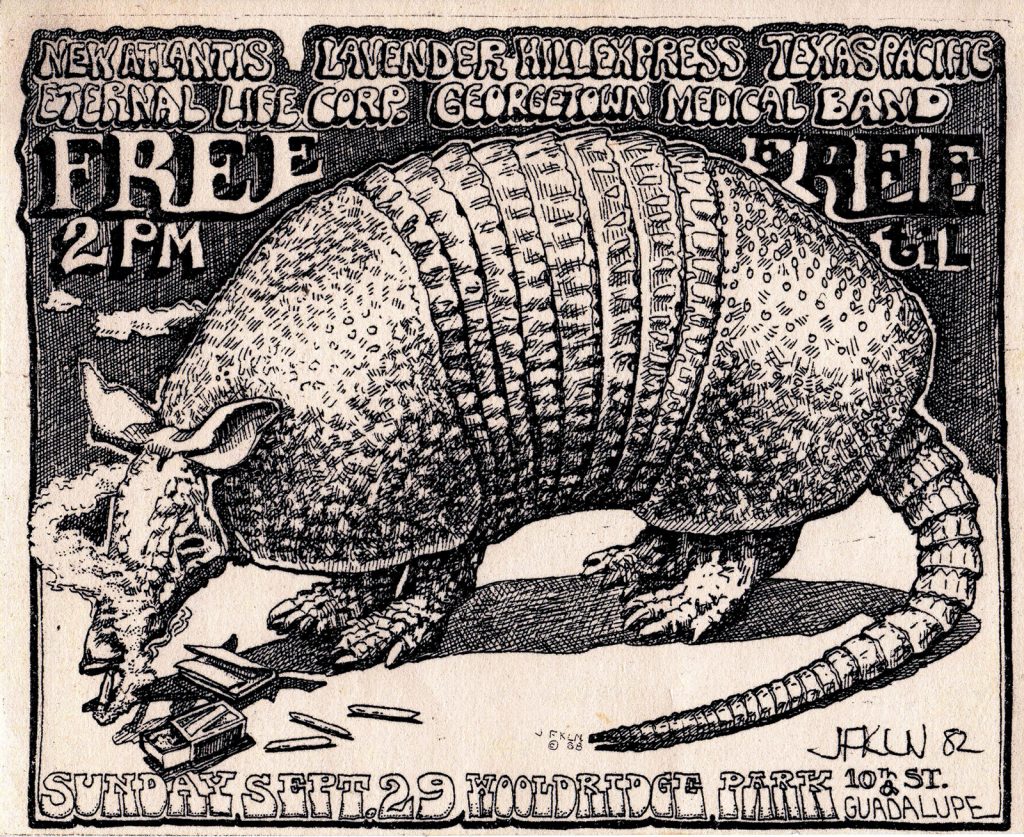
Origins and Early Years:
The Armadillo World Headquarters was the brainchild of a group of visionary entrepreneurs, including Eddie Wilson, Jim Franklin, Mike Tolleson, and others. It was conceived as a music venue that would showcase a wide range of genres, including rock, blues, country, jazz, and folk. The founders wanted to create a space where musicians could freely express themselves and where audiences could enjoy diverse and groundbreaking performances.
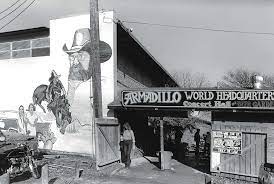
In 1970, The Armadillo World Headquarters opened its doors on Barton Springs Road, in a converted National Guard armory. The venue’s unconventional name was inspired by a giant armadillo sculpture created by Jim Franklin that stood outside the building, capturing the attention and curiosity of passersby. The Armadillo quickly gained a reputation for its distinctive atmosphere, eclectic programming, and welcoming environment that attracted both locals and visitors.
Counterculture and Community:
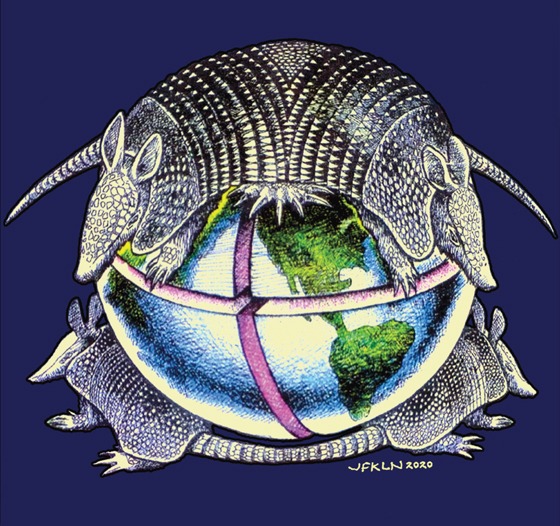
During the 1970s, Austin was a hotbed of counterculture and social movements, and The Armadillo World Headquarters became a central hub for these activities. The venue provided a platform for artists, activists, and musicians to come together and advocate for social change. It became a space where discussions on civil rights, environmentalism, and anti-war sentiments took place alongside vibrant musical performances.
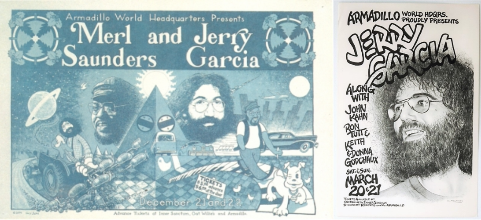
The Armadillo welcomed artists from all walks of life, regardless of their race or background. It was one of the few venues in the southern United States that actively promoted integration and provided equal opportunities for musicians of all ethnicities. This inclusive ethos helped foster a sense of community and solidarity among attendees and performers, making the Armadillo a safe haven for those seeking refuge from the difficulties of the era.
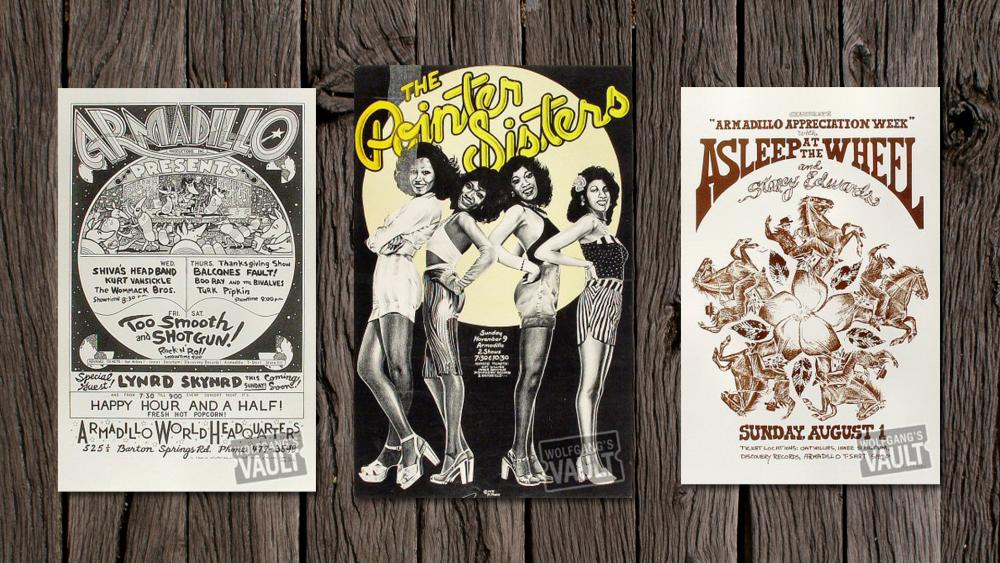
Musical Innovation and Legacy:
One of the most significant contributions of The Armadillo World Headquarters was its role in fostering musical innovation and genre-blending. The venue hosted a wide array of artists, ranging from local legends such as Willie Nelson, Stevie Ray Vaughan, and Jerry Jeff Walker to national acts like The Allman Brothers Band, Bruce Springsteen, and Frank Zappa. These performances often pushed the boundaries of traditional genres, giving rise to the distinctive “Austin sound” that blended elements of rock, country, blues, and folk.
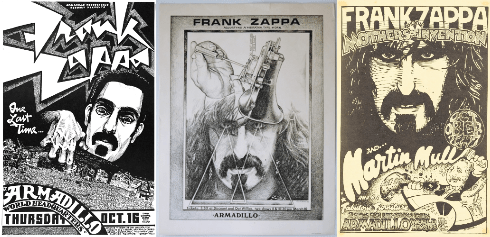
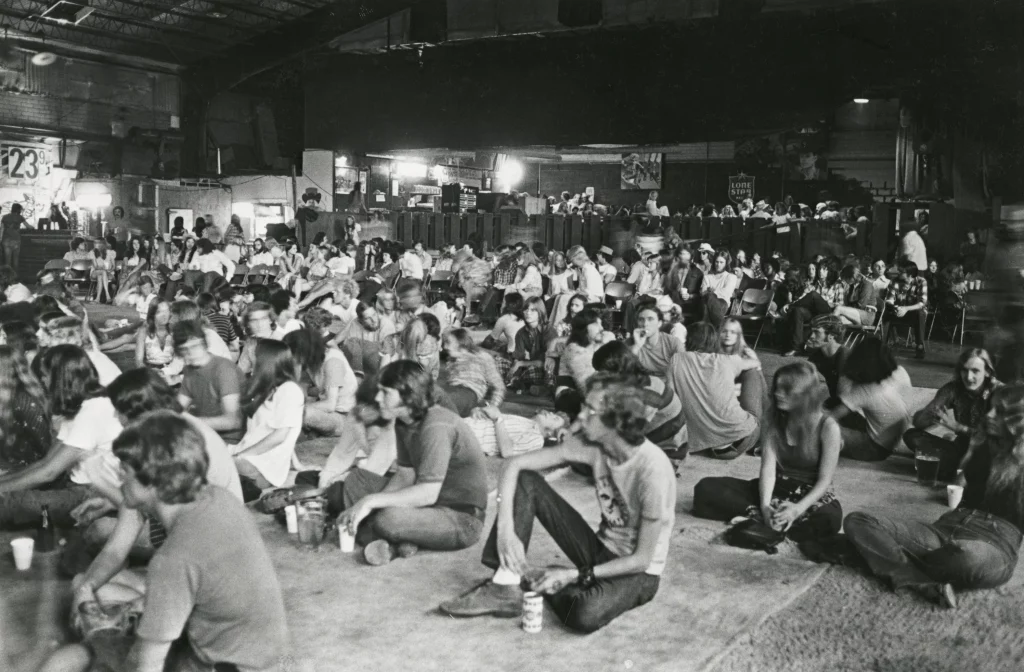
The Armadillo also played a pivotal role in the development of the outlaw country movement, which rebelled against the commercialization of Nashville’s mainstream country scene. Artists like Willie Nelson, Waylon Jennings, and Townes Van Zandt found a welcoming home at the Armadillo, where they could freely express their artistic vision and connect with audiences who resonated with their alternative approach to country music.
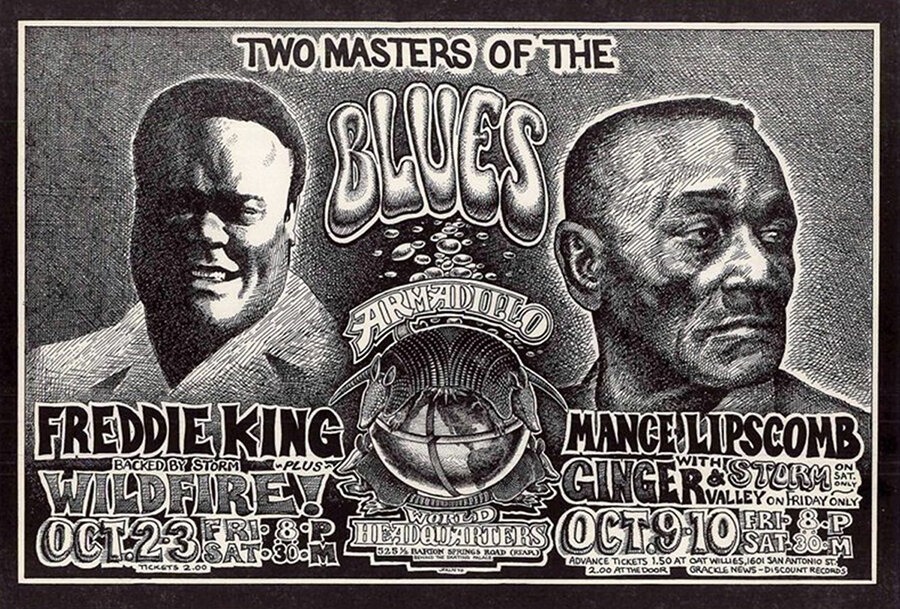
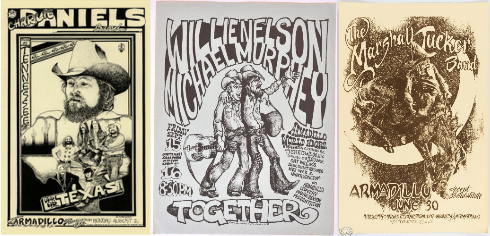
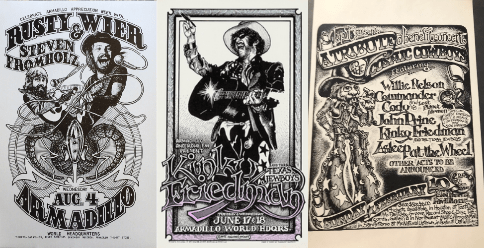
Beyond its musical contributions, The Armadillo World Headquarters also left a lasting legacy in terms of venue management and concert production. The venue set a new standard for live music experiences, emphasizing high-quality sound systems, creative lighting, and a comfortable environment for both artists and audience members. These innovations influenced future venues and helped solidify Austin’s reputation as the “Live Music Capital of the World.”
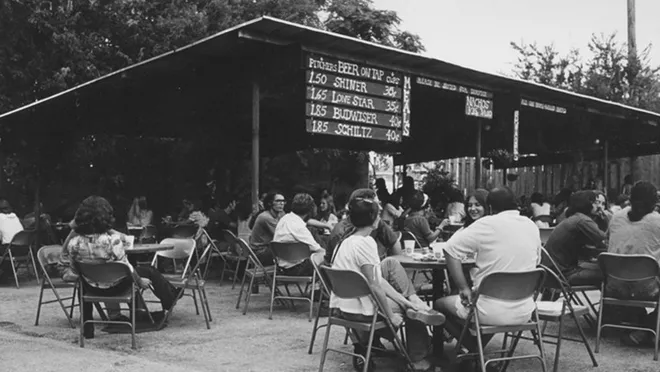
The End of an Era:
Despite its initial success, The Armadillo World Headquarters faced financial challenges and struggled to sustain its operations. As Austin’s music scene expanded, other venues emerged, and the counterculture movement began to wane. In 1980, after a decade of hosting groundbreaking performances and fostering a vibrant community, The Armadillo World Headquarters closed its doors for the last time.
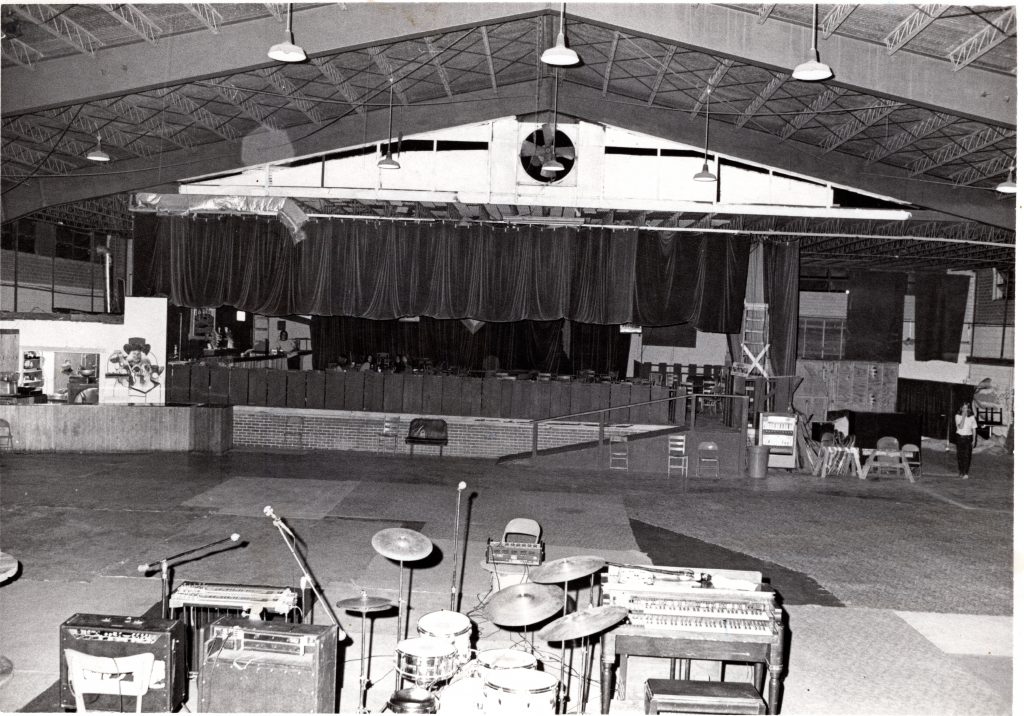
However, the impact of The Armadillo continues to reverberate through Austin and beyond. Many musicians, artists, and activists who were part of the Armadillo’s heyday went on to shape the cultural landscape of Austin and make significant contributions to the music industry. The legacy of the Armadillo can be seen in the thriving music scene of Austin today, with its diverse genres, vibrant venues, and commitment to artistic freedom.
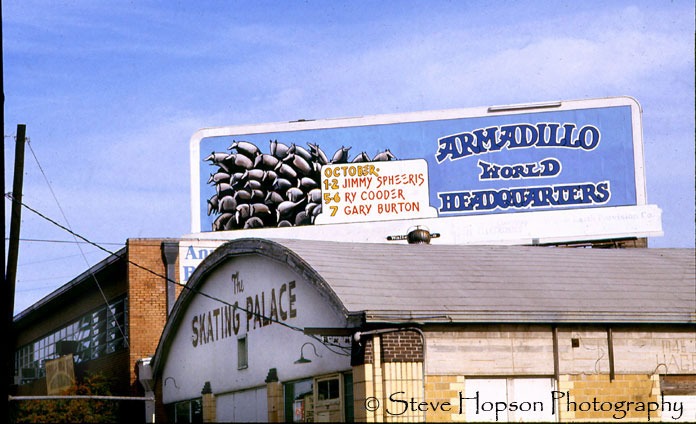
Conclusion:
The Armadillo World Headquarters holds a significant place in the cultural history of Austin, Texas. Through its commitment to musical innovation, counterculture values, and community building, the venue became an iconic symbol of Austin’s unique identity. Although it existed for just a decade, The Armadillo’s impact continues to resonate, serving as an inspiration for musicians, artists, and music lovers who seek to create spaces that celebrate diversity, foster creativity, and challenge the status quo.